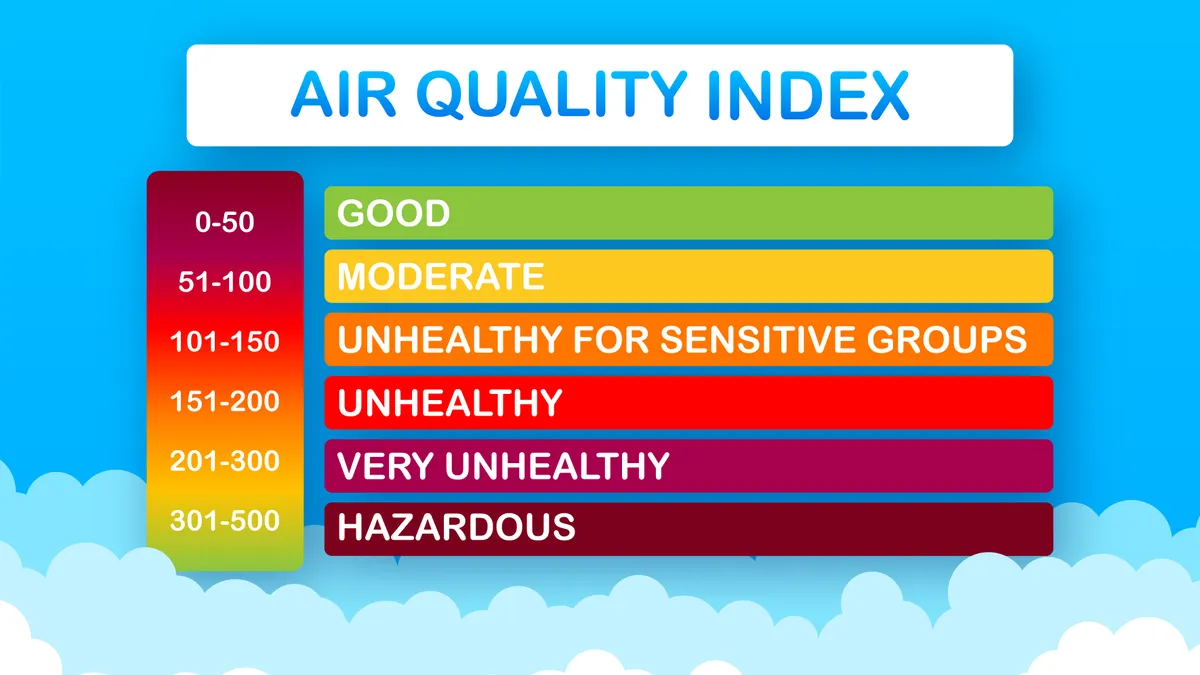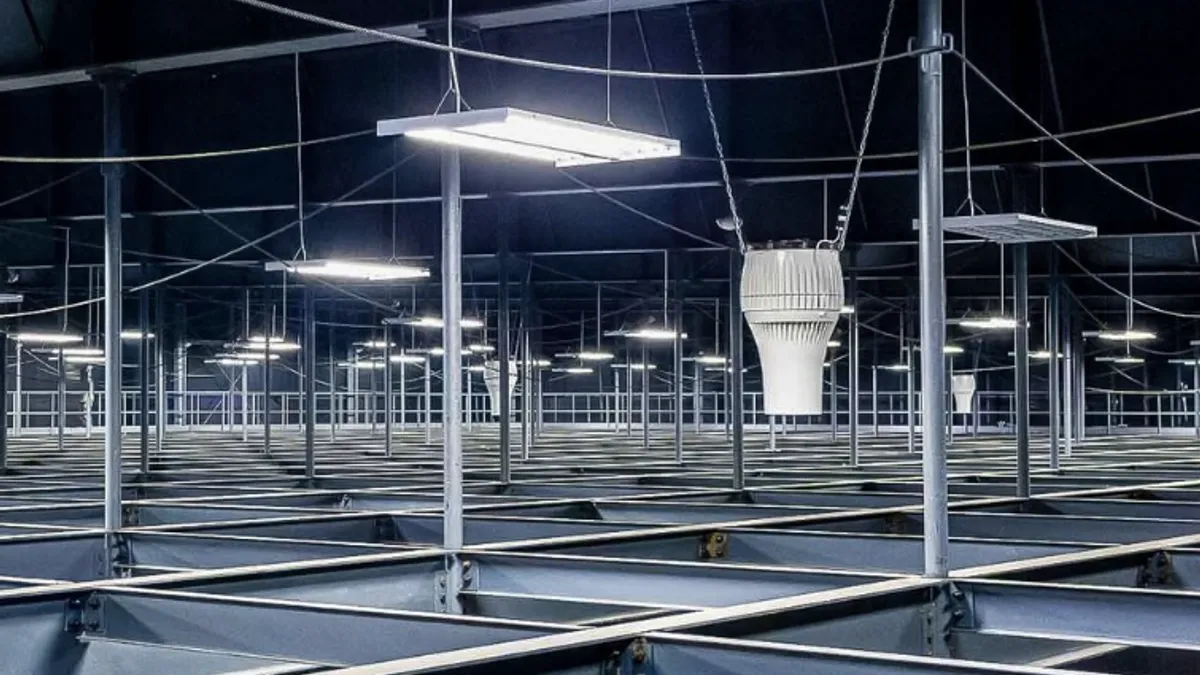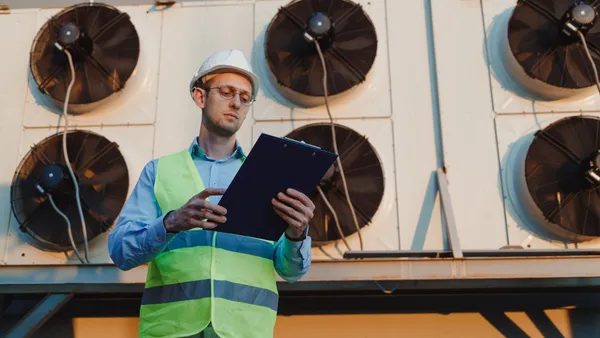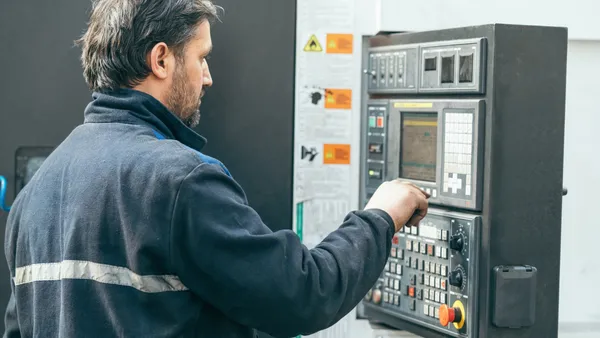The following is a guest post from Tom Kennedy, president of TSI Incorporated, which designs and produces air quality, biohazard and aerosol science measurement instruments. Kennedy holds a PhD in electrical engineering.
We are accustomed to enjoying clean air in most of our environments, and we instinctively recognize the danger of smoke, smog, haze and suspended particulate matter. Canada is seeing its worst wildfire season on record with millions of acres burned already and no end in sight. These wildfires greatly eclipse California’s record-setting 2020 wildfire season where more than 4 million acres were burned.
The scale of the Canada wildfires is understood by people living in the northern half of the U.S. Haze, smog and particulates obscure normal visibility. The carbon monoxide, carbon dioxide and fine particulates in the smoke irritates the lungs and eyes. These pollutants are especially concerning for children and older adults with heart conditions, asthma or other chronic diseases.
When outdoor air quality is deemed unhealthy or even dangerous, people are advised to wear respiratory masks or stay indoors. But bad outdoor air quality affects indoor air quality. Without an effective HVAC or filtering system, the indoor environment may not be fully protective. Outdoor air quality should be monitored and used as an input to control a building’s fresh air exchanges. Pulling smoke and haze into a building runs counter to the goals of a healthy indoor environment.
Why is air quality a vital measurement?
Beyond the acute problems of the wildfires and smoke, air quality within the indoor environment can be compromised by a number of sources including people (CO2), dust, particulates and Volatile Organic Compounds such as formaldehyde, which is emitted from carpet and other building materials. Cleaning products also contribute to VOCs. Other irritants, especially ozone and airborne particulates, can have both short- and long-term health effects. Increasing levels of these pollutants can decrease productivity.

The consequences of poor indoor air quality for those with certain health conditions can be substantial. People with lung diseases, such as asthma or emphysema, adults over age 65 and people with cardiovascular disease are at a substantially higher risk for difficulty in breathing, a worsening of their existing medical condition and even hospitalization when exposed to poor air quality conditions. Infants, young children and, due to less frequent access to healthcare resources, low-income individuals are especially vulnerable to adverse outcomes from continued exposure to bad air quality.
Even the average person with no known high-risk health issues can suffer the effects of poor air quality — coughing, difficulty in breathing and burning or itchy eyes are common and often immediate effects. Heart disease, lung cancer and respiratory diseases are longer-term effects often directly attributable to exposure to bad air quality.
Building owners and facilities managers can’t control outdoor air quality, but when it comes to maintaining a safe, healthy and productive indoor environment, continuous indoor and outdoor air quality monitoring are prerequisites to maintaining a healthy indoor environment. The maxim, “what gets measured, gets managed,” is key to a healthy indoor environment.
Here's how to know if your indoor air is safer and healthier
Office and building managers should monitor Indoor Environmental Quality to deliver a comprehensive, healthier solution for their inside spaces as many owners and tenants are already expecting indoor air quality monitoring and improvements from their facilities. Maintaining safe air quality levels can significantly improve occupant health and comfort and even help reduce absenteeism in workplaces and schools.
When businesses think of enhancing the overall comfort of their working environment, the approach now includes indoor air quality as well as acoustics, lighting and ergonomics to provide indoor spaces with the potential for heightened efficiency and improved productivity as well as a healthier space overall. The proper balance of “good air in, bad air out” can be achieved with the right tools, guidance and measurement. But before facilities managers can make adjustments to improve air quality, they must first know what to monitor and measure.
Proper and ongoing indoor air quality monitoring is vital to determine the status of IAQ with measurements typically including temperature, humidity, particles and gases. Survey instruments can also measure airflow in ducts and ventilation areas to determine the percentage of outside air making its way indoors. Equipped with this data, facilities managers can then take appropriate action to ensure good air in, bad air out, through continued monitoring and measurement, and confirm that any IEQ actions taken have made an impact.
While a one-time IAQ survey is vital to establish a baseline, it is only a snapshot in time for a landscape that is continually changing. For example, IAQ measurements will fluctuate based on outdoor air, the number of people inside a building at a given time, and activities in the building. Continuous measurement is important to truly understand the full IAQ picture.
With the right data preparation, facilities managers can adopt a number of mitigation measures to improve IAQ. Depending on air quality survey results and ongoing numbers, indoor air can be diluted by increasing outdoor air. It can also be filtered to reduce particulate matter, and issues and trouble spots can be isolated using ventilation and even physical barriers.
Facilities need to be safe for the people occupying them. That includes everything from clearly marked and accessible emergency exits to indoor air quality. Changing climate conditions and predictions of future pandemics make safe indoor air an immediate need and action item for facilities managers. Accurate and continuous measurements provide data that allow for reassurance to the workforce that they are breathing healthier and safer indoor air or even provide the rationale for necessary HVAC improvements.
Air quality is already becoming a critical measurement for building owners, facilities managers and occupants, and it will only become increasingly expected in the future. Create a safe, comfortable indoor environment now and set yourself up for air quality success in the future.











